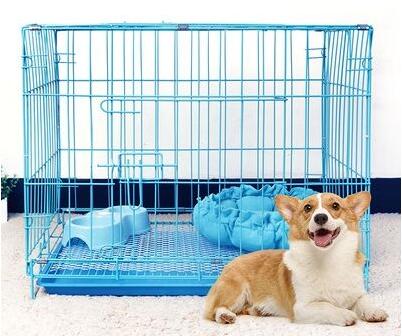Screwing into Drywall A Comprehensive Guide
Drywall, often referred to as gypsum board or plasterboard, is a widely used construction material for interior walls and ceilings. Its popularity stems from its affordability, ease of installation, and smooth finish. However, when it comes to fastening objects to drywall, there are certain techniques and considerations that homeowners and DIY enthusiasts should be aware of. In this article, we will explore the best practices for screwing into drywall to ensure a secure and lasting hold.
Understanding Drywall Composition
Drywall is essentially a sandwich comprised of a core made of gypsum and sandwiched between two layers of heavy paper. While this design makes it lightweight and easy to work with, it also means that drywall has its limitations when it comes to bearing weight. Understanding these limitations is crucial when deciding how and where to screw into drywall.
Choosing the Right Screws
For most drywall applications, standard drywall screws are the best choice. These screws are designed with a coarse thread that provides excellent grip within the material. Typically, drywall screws come in various lengths, but 1 1/4 inch to 1 5/8 inch screws are commonly used for attaching drywall to wooden studs. For lighter applications, such as hanging pictures or small shelves, shorter screws may suffice.
When securing heavier items, such as shelves or cabinets, special anchors are advisable. Toggle bolts and molly bolts are excellent choices as they distribute weight more evenly and can support significantly more load than standard screws alone.
The Importance of Studs
One of the most crucial factors when screwing into drywall is knowing where the studs are located
. Studs are vertical wood or metal framing members that provide structural support for the walls. Finding a stud gives you the ability to securely fasten heavier items, such as televisions or heavy shelves, directly to the wall without relying solely on the drywall's integrity.To locate a stud, you can use a stud finder, which is a handheld device that detects the location of the framing members behind the drywall. Alternatively, you can tap the wall and listen for a solid thud, which indicates the presence of a stud. Once located, mark the stud's position with a pencil to make it easier to screw into it later.
Pre-Drilling A Smart Move
screwing into drywall

Pre-drilling the holes for your screws can help prevent the drywall from cracking or crumbling. Use a drill bit slightly smaller than the diameter of your screws. This practice not only ensures a cleaner entry point but also reduces the risk of damaging the drywall and weakening its structural integrity.
Installation Techniques
When it comes to driving screws into drywall, a few techniques can facilitate better results
1. Angle the Screws For heavier items, consider angling the screws slightly toward the center of the stud. This technique helps the screws grip better and prevents them from popping out.
2. Do Not Overtighten It’s essential to drive the screws just below the surface of the drywall without breaking the paper layer. Overtightening can cause the drywall to crack and weaken its hold.
3. Use the Right Tools A power drill or a screw gun can make the job easier and more efficient. Make sure to adjust the torque settings to prevent stripping the screws.
Tips for Hanging Different Objects
* Light Fixtures Always attach light fixtures directly to the studs or use heavy-duty anchors for secure hold. * Shelves and Cabinets For anything weighing more than 20 pounds, ensure to use screws directly into studs or toggle bolts.
* Pictures and Artwork Use picture-hanging hooks designed for drywall to ensure minimal damage and easy repositioning.
Conclusion
Screwing into drywall requires some knowledge and technique to ensure that the installed objects are secure and stable. By understanding the structure of drywall, selecting the appropriate screws, locating studs accurately, and employing proper installation techniques, you can successfully hang and fasten a variety of items with confidence. Whether you’re redecorating your living space or undertaking a DIY project, these tips will help you achieve a professional finish and prevent future mishaps. Happy hanging!

















